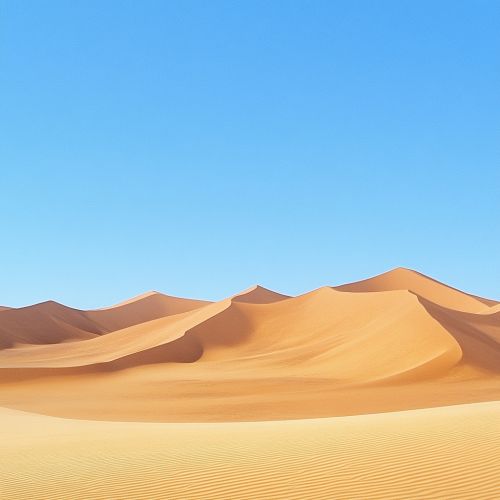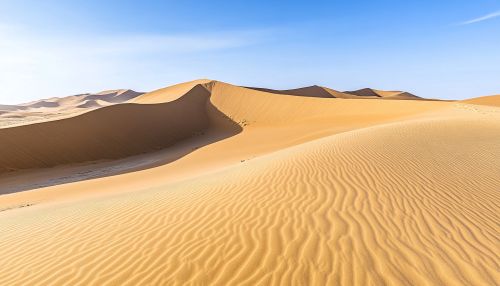Singing sand
Introduction
Singing sand, also known as booming sand or musical sand, is a natural phenomenon where sand emits audible sounds when it is disturbed. This intriguing occurrence has been documented in various desert regions around the world and has fascinated scientists and explorers for centuries. The sounds produced by singing sand can vary from a low hum to a loud roar, depending on several factors including the size, shape, and moisture content of the sand grains.
Characteristics of Singing Sand
The sound produced by singing sand is typically a low-frequency hum or booming noise, although it can sometimes resemble a musical note. The frequency and intensity of the sound are influenced by the properties of the sand grains, such as their size, shape, and composition. Singing sand grains are usually well-rounded and have a high silica content, which contributes to their ability to produce sound.
The phenomenon occurs when the sand grains move over each other, creating friction and generating vibrations that are amplified by the surrounding air. This movement can be triggered by natural forces such as wind or by human activities like walking or sliding down a sand dune.
Locations of Singing Sand
Singing sand can be found in various locations around the world, with some of the most famous sites being the Kalahari Desert, the Namib Desert, and the Gobi Desert. In the United States, singing sand dunes are located in the Great Sand Dunes National Park and Preserve in Colorado and the Kelso Dunes in California.
Each location has its unique characteristics that affect the sound produced by the sand. For example, the sand dunes in the Namib Desert are known for their deep, resonant booming sounds, while the Kelso Dunes produce a more musical tone.
Scientific Explanation
The scientific explanation for singing sand involves the interaction between the sand grains and the surrounding environment. When the sand grains move, they create friction, which generates vibrations. These vibrations are then transmitted through the sand and amplified by the air, producing sound.
Several factors influence the sound produced by singing sand, including the size and shape of the sand grains, the moisture content of the sand, and the temperature and humidity of the air. Dry, well-rounded sand grains with a high silica content are more likely to produce sound than irregularly shaped or wet sand grains.
Research and Studies
Numerous studies have been conducted to understand the mechanisms behind singing sand. Researchers have used a variety of methods, including field observations, laboratory experiments, and computer simulations, to investigate the factors that contribute to the phenomenon.
One study found that the sound produced by singing sand is related to the synchronization of the sand grains' movement. When the grains move in unison, they create a coherent sound wave that is amplified by the surrounding air. Another study suggested that the sound is influenced by the resonance of the sand dune, which acts as a natural amplifier.
Cultural Significance
Singing sand has captured the imagination of people for centuries and has been the subject of numerous myths and legends. In some cultures, the sound of singing sand is believed to be the voice of the desert or the spirits of the ancestors. In others, it is seen as a natural wonder that reflects the beauty and mystery of the natural world.
The phenomenon has also inspired artists and musicians, who have used the sound of singing sand in their works. For example, some composers have incorporated recordings of singing sand into their music, while visual artists have used the patterns created by the moving sand as inspiration for their paintings and sculptures.
Image


